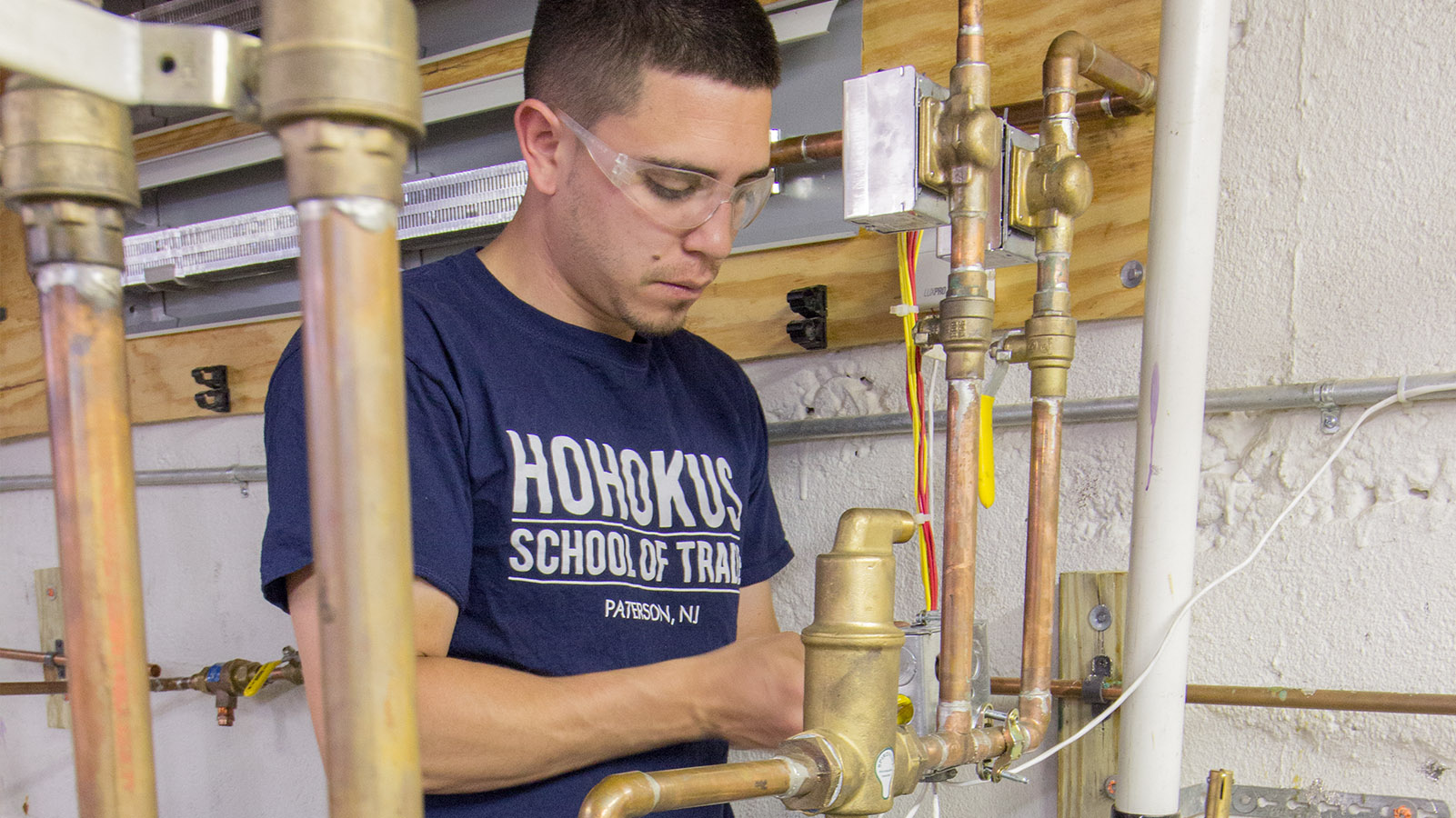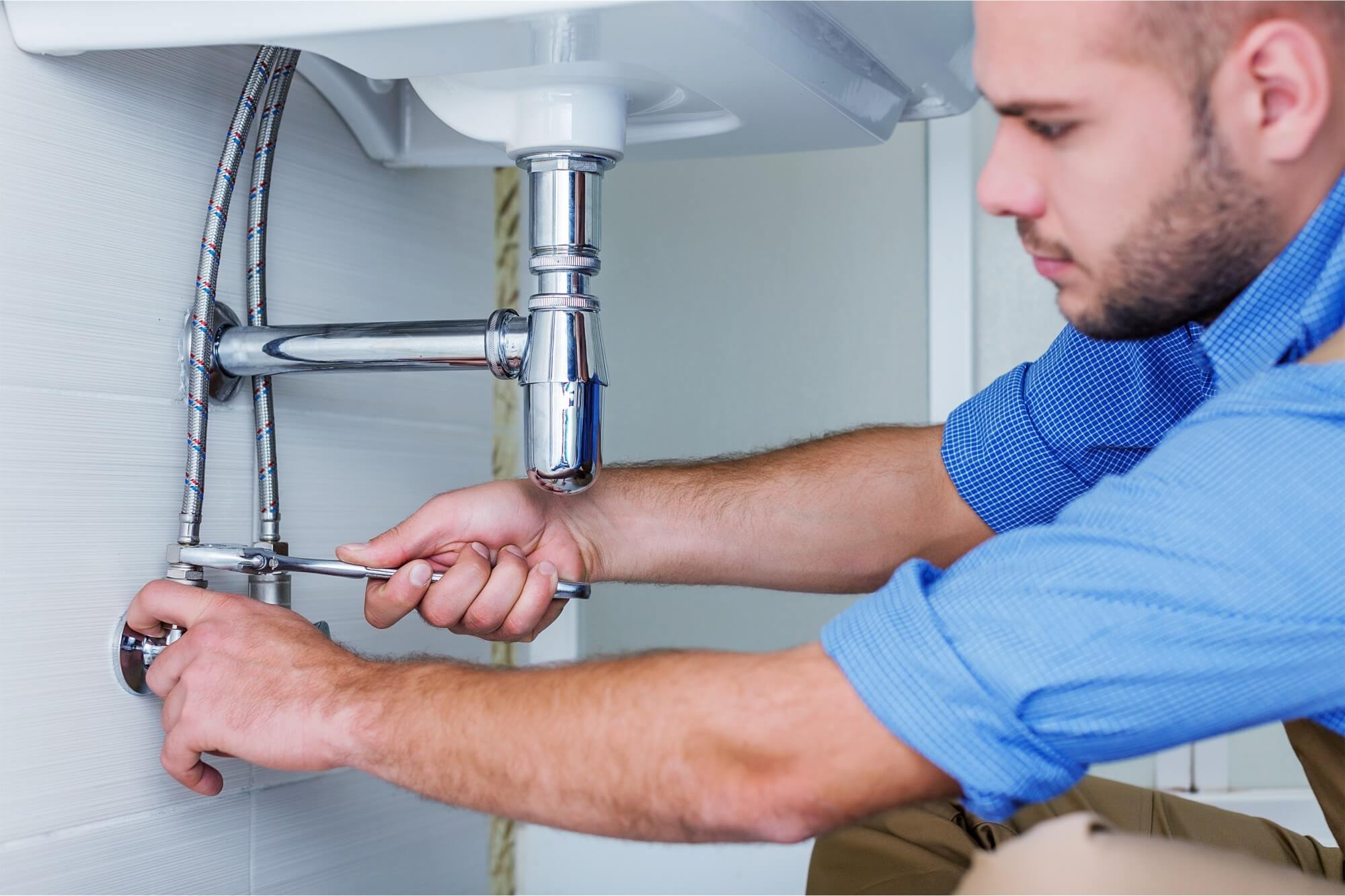Budget-friendly Plumbing Services Alabaster AL for Every Budget
A Detailed Guide to Efficient Water Heater Installment for Optimum Performance
Starting the task of installing a water heating system is an endeavor that demands accuracy and an organized technique for achieving optimum efficiency. The procedure begins with the crucial decision of picking the suitable heater customized to the particular needs of your family, taking into consideration variables such as energy, kind, and size source. As soon as selected, preparing the installation location to meet safety and security requirements is paramount. The trip doesn't end below. As you proceed, the intricacies of linking supply of water lines and establishing up dependable electric or gas links await, promising understandings into making sure efficiency and dependability.
Picking the Right Water Heating System

Following, think about the size and ability of the water heating system. It's important to analyze your family's hot water requirements, which can vary based on the variety of owners and their usage patterns. An unit that's as well little may cause inadequate warm water, while an extra-large version could cause unneeded power intake.
Performance rankings additionally play a critical function in choice. Search for water heating units with high Energy Element (EF) scores, suggesting remarkable performance and decreased energy use. Tankless models, though generally much more expensive upfront, deal significant power cost savings in time because of their on-demand home heating abilities.
Preparing the Setup Area
Before setting up a new water heating unit, precise prep work of the setup location is vital. It's crucial to determine the room thoroughly to suit the water heater's measurements, guaranteeing appropriate clearance around the system for reliable operation and servicing.
Next, remove any type of particles, dust, or obstructions from the website to develop a tidy environment. Check the floor for stability, as the hot water heater will certainly require a strong, level surface to operate effectively. If necessary, install a drip pan underneath the device to capture possible leakages or spills, preventing water damage to the surrounding area. In regions prone to seismic activity, think about setting up seismic straps to protect the heating unit securely in location.
In addition, make certain that all essential devices and materials are on hand before commencing the installation. This consists of things such as wrenches, screwdrivers, a level, and any additional equipment needed for installing and securing the heater. A well-prepared setup area sets the structure for a successful water heater setup, maximizing efficiency and safety and security.
Connecting Water Lines
When linking supply of water lines to your newly mounted hot water heater, it is vital to guarantee that all links are safe and leak-free to keep effective operation and protect against water damage. Begin by determining the cold and warm supply of water lines. The cool water inlet is normally marked with a blue tag or a "C", while the warm water electrical outlet is noted with a red tag or an "H".
Use adaptable water heating system connectors to assist in a less complicated installation process. Before connecting the ports, position a plumbing technician's tape around the threaded ends of the water heater's inlet and outlet pipes.
Once connections remain Going Here in place, gradually switch on the main water system shutoff. Check each link for leakages by aesthetically feeling and checking for moisture. Tighten links as essential, and ensure the pressure safety valve is correctly mounted, guarding versus too much stress accumulation.
Establishing Electrical or Gas Connections
Correctly establishing the electrical or gas connections for your water heating unit is a critical action click this site to make sure efficient and safe procedure. For electrical hot water heater, start by confirming that the electrical circuit works with the heating system's voltage and amperage needs. Make sure the power supply is turned off at the circuit breaker to avoid crashes. Link the electrical cables to the heater adhering to the maker's electrical wiring diagram. Commonly, this entails linking the ground wire to the environment-friendly terminal, and the staying wires to their equivalent terminals, protecting each with wire nuts.
For gas water heating systems, safety and security is critical. Connect the gas line to the water heater making use of an adaptable gas adapter, guaranteeing it is appropriately threaded and secured with pipe joint compound or Teflon tape suitable for gas connections.
Once links are made, check for any type of potential leaks. For gas lines, apply a soapy water remedy to the joints; bubbles show a leak. For electric connections, ascertain that all wiring is safe and properly shielded, keeping conformity with neighborhood electrical codes.
Evaluating and Changing for Effectiveness
With the electrical and gas connections securely in place, the next action is evaluating the functional effectiveness of your water heater. Begin by very carefully turning on the water supply and making sure there are no leakages at any of the valves or joints.
Next, carry out a comprehensive assessment to make sure the home heating elements or gas heaters are operating properly. For electric heating systems, use a multimeter to validate if the components are drawing the proper present. In gas models, observe the Continue heater flame; it ought to be stable and blue, showing efficient combustion.
Readjust the settings as required to eliminate inefficiencies. Consider implementing insulation actions, such as adding a hot water heater covering, to even more enhance efficiency by decreasing warm loss. In addition, examine the anode pole's condition, as a tatty pole can decrease performance and lead to tank rust.
Final Thought
Effective water heating system installment is critical for ensuring optimal efficiency and energy financial savings. Securely connecting water supply lines and meticulously establishing up electric or gas links reduce potential issues.

Effectively setting up the electrical or gas links for your water heater is a critical step to ensure risk-free and effective procedure. For electric water heating units, start by confirming that the electric circuit is compatible with the heating unit's voltage and amperage needs. Connect the gas line to the water heating system utilizing a versatile gas connector, guaranteeing it is appropriately threaded and secured with pipe joint substance or Teflon tape suitable for gas links.